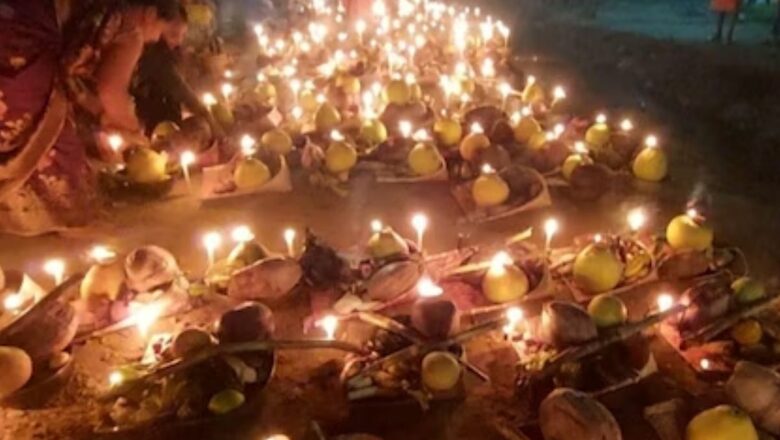
views
Chhath Puja, a significant Hindu festival dedicated to Chhathi Maiyya and the Sun God, is celebrated twice a year, during the Chaitra and Kartik months of the Hindu calendar. This four-day festival, starting on April 12 this year, involves various rituals including Nahay Khay, Kharna, Sandhya Arghya and concluding with Usha Arghya on April 15, where devotees offer prayers to the rising Sun.
During Chhath Puja, devotees perform Arghya, offering water to the Sun God. There has been a debate about what should be offered first during Arghya – milk or Ganga Jal, the holy water from the Ganges.
Pandit Gulshan Jha, in an interview with Local 18, emphasised the significance of offering milk first during Arghya. He explained that according to religious scriptures, Lord Krishna instructed his son to offer Arghya milk to break free from a curse. Following this guidance, devotees believe that offering milk can help overcome troubles and obstacles in life.
Chaiti Chhath, celebrated during the Chaitra month, is also known as Yamuna Chhath because it is believed that the river Yamuna descended on Earth on this day. This festival is particularly popular in the Braj region, including Mathura and Vrindavan, where Goddess Yamuna is revered as the Queen consort of Lord Krishna.
The rituals and customs during Chaiti Chhath are performed with great fervour and enthusiasm. It is believed that worshipping the Sun God during this festival can bring blessings of happiness and prosperity and even fulfil desires for children.
Chhath Puja holds immense cultural and religious significance for Hindu devotees. Through rituals like Arghya, they express their devotion and seek blessings for prosperity and well-being. While there may be debates about the order of offerings, the essence of faith and reverence remains central to the celebration of this auspicious festival.

















Comments
0 comment